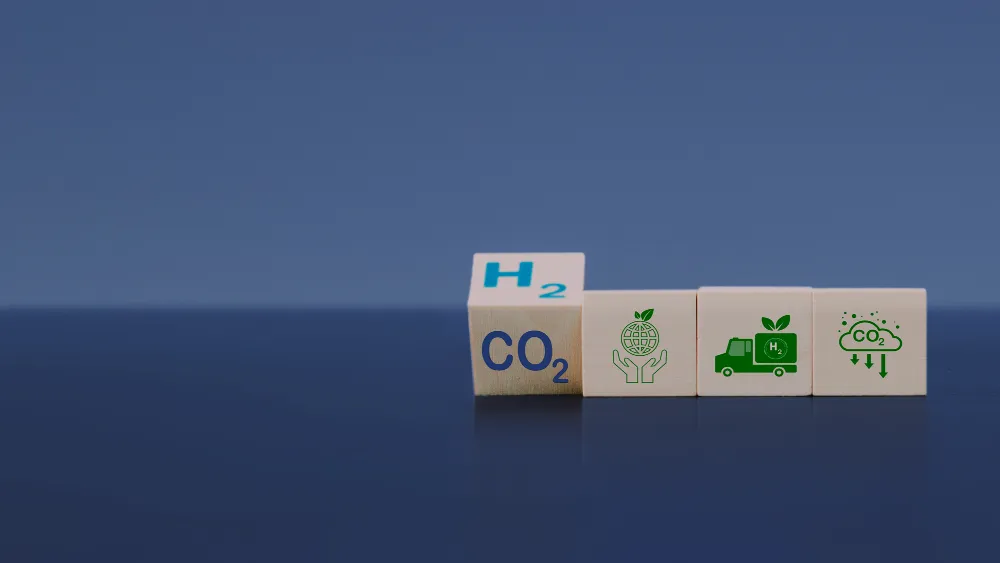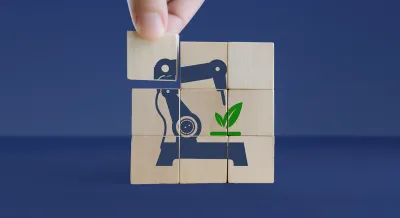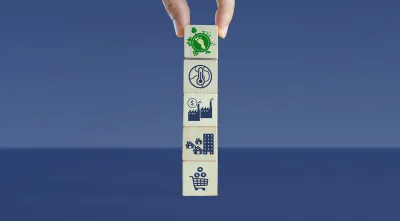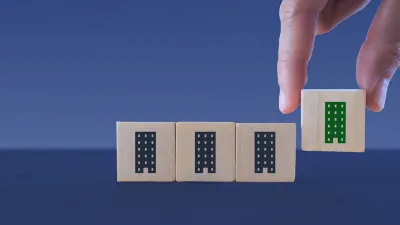Car Dealerships and Repair Shops
Waste management costs can form a significant part of the business expenses of car dealerships and repair shops. In addition to the financial benefit, saving on waste management costs promotes the achievement of circular economy objectives and enhances environmental protection.

Saving on Waste Management Costs in Car Dealerships and Repair Shops – Eco-efficiency and Economic Advantage
Problem
Waste management costs are caused by overburdened waste collection tools requiring more frequent emptying and causing environmental harm. In contrast, underutilized waste collection tools are not cost-effective as their emptying interval is not optimized.
Solution
The sizing of waste collection tools should align with actual waste amounts. Too small bins can cause overflows, odor nuisances, and additional costs, whereas too large containers may remain only partially filled, leading to extra transports and increasing CO2 emissions.
Predictive assessment of the waste quantity and careful planning of the size and location of waste bins are critical factors in achieving optimal waste management. For example, the emptying interval can be shortened to increase capacity, or the number of containers can be improved.
Regular monitoring helps maintain the efficiency and environmental friendliness of waste management.
As a result of optimization
- Selection and optimal sizing of waste collection tools save costs
- Predictive assessment of waste quantity improves efficiency
- Careful planning reduces CO2 emissions
- Recycling of waste brings additional income
Problem
Suboptimal placement of waste collection tools and limited space increase waste management costs as they complicate emptying and transport, leading to increased time and fuel consumption.
Solution
If space is scarce, the possibility of using more compact or differently shaped waste collection tools that better suit limited areas can be explored.
Making a detailed plan, optimizing the locations, and utilizing new technologies and intelligent solutions to improve placement are advisable. The program can include, for example, clear signs and markings in the area so that the order of waste collection tools is easy and logical.
In addition, the need to change the locations of waste collection tools can be assessed so that emptying and transport run smoothly. Furthermore, the waste management company can decide on the model of the waste truck to be used and how often waste emptying should be arranged.
Monitoring also helps ensure that waste collection tool placement is optimal and efficient.
As a result of optimization
- Utilization of more compact and differently shaped waste collection tools saves space
- A detailed plan enables better placement of waste collection tools
- Smart solutions and new technologies enhance the use of waste collection tools
- Optimal emptying times and choice of waste truck reduce costs
- Changing the location of waste collection tools facilitates and speeds up emptying and transport
Problem
Mixing waste collection materials causes costs in waste management because it hinders the proper recycling and processing of materials.
Solution
A problem in waste management is the challenges in recycling, which can occur, for example, in the sorting of waste materials or the efficiency of the recycling process. It is essential to ensure that waste materials are properly sorted and that recycling is as efficient as possible.
Good signs and instructions for waste collection tools help prevent mixing waste collection materials. Using colors in the interiors of waste collection tools for different materials facilitates sorting and reduces mixing. One solution to avoid mixing materials in a waste collection tool is to implement a clear and straightforward collection order, which guides the materials naturally to the correct collection points. In addition, clear instructions for users help ensure that the waste in the waste collection tool is sorted correctly.
Solving the challenges of sorting and recycling improves environmental impacts and lowers waste management costs in the long run.
As a result of optimization
- Clear signs and instructions improve sorting
- Color-coded interiors of waste collection tools facilitate identifying and collecting different materials
- Introduction of a simple sorting system reduces mixing
- Properly sorted waste lowers recycling costs
- Better sorting and recycling increase opportunities for reus



